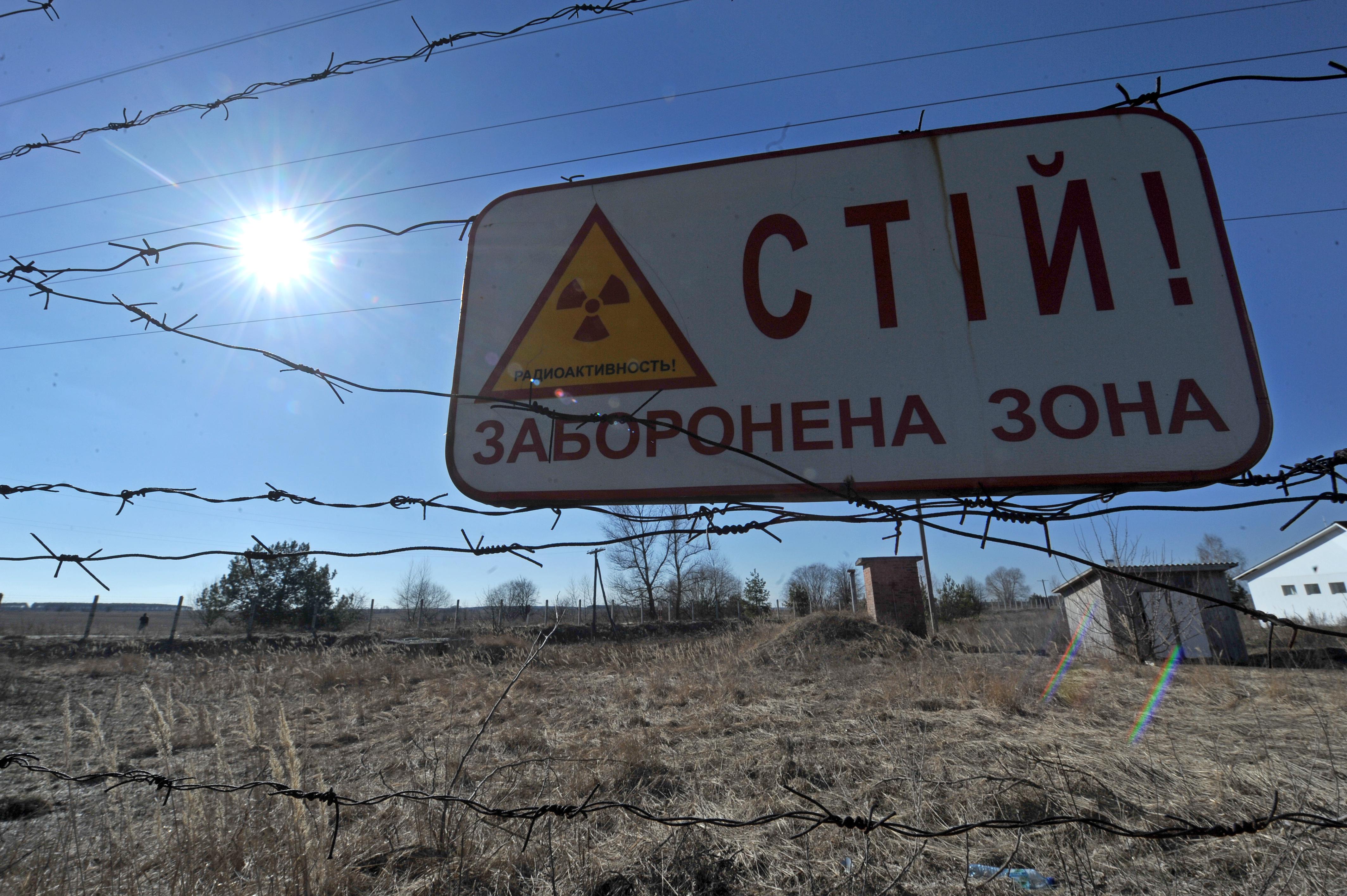Thanks to some vigilant Geiger counters on the U.S. border, a shipment of leather belts has been quarantined in a radioactive storage facility—leading to a worldwide recall affecting shipments in 14 countries. It was actually the metal studs in the belts that tested positive for Cobalt-60, the most common radioactive isotope of cobalt. (You may remember Cobalt-60 from such consumer goods scares as last year’s contaminated stainless steel pet food bowls from Petco.) And where the metal for the studs came from exactly? Well, that’s anybody’s guess.
Asos.com, one of the largest online fashion outlets in the United Kingdom, tracked the belts back to an Indian supplier. And though the supplier disputes the claims that they are responsible for the radioactive accessories, and you would have to wear one for about 500 hours to sustain any deleterious effects, the whole fashion fiasco is yet another reminder to American consumers that we really have very little idea where our goods are coming from.
The problem is by no means new. In 2012, Bed, Bath & Beyond had to recall metal tissue box containers after border agents detected radiation. In 1998, La-Z-Boy recalled 1,000 recliners made with contaminated metal. Between 2003 and 2008, the U.S. Department of Homeland Security denied more than 120 shipments bearing contaminated cargo, including buckles, hammers, screwdrivers, and cutlery.
So, is an evil mastermind infusing our eating utensils and nightclub wear with cataract and cancer-causing radiation? Not quite. Radioactive metal serves many beneficial purposes throughout our daily lives. From high-tech diagnostics in medicine to anti-static devices in paint-spraying equipment, there are many sources for isotopes that don’t include world domination. However, when officials get lazy or governments go belly-up, sensitive materials often end up getting scrapped by looters.
Of course, scrap is at the heart of the matter. When you buy a belt from Asos.com, you may really be buying it from Haq International in India. Workers there assemble the belt out of components bought from other vendors, like stud-makers. In turn, these vendors may acquire raw materials (such as repurposed metal) from scrap yards. And scrap yards get their scraps at least in part from people who are forced to feed their families by sifting through waste. Officials have noticed that the junkyards surrounding Chernobyl are mysteriously shrinking. Abandoned cars have been relieved of their engines blocks and other large chunks of metal are flat-out missing. You could argue anyone who willingly ventures into such a place is blinded by ambition or perhaps ignorance. But desperation seems more likely.
Once a small piece of contaminated metal makes it into the reprocessing furnace, the rest of the scrap metal and any products made with it become radioactive—and so does the furnace itself. In the United States, scrap processors check their materials religiously, if for no other reason than to avoid contaminating their whole operation. But the rest of the world is a bit of a crapshoot. In a Seattle Times article last year about radioactive scrap, a New Delhi-based research and lobbying group summed it up, “India’s radiation-detection system can’t cope with the amount of incoming scrap.” (Don’t feel so bad, India. Japan’s struggling to keep up, too.)
Whether it’s radioactive belts from India or the garments that would have been made in the collapsed factory in Bangladesh, the things we buy cost more than the prices we’ve been paying. They have for a long time, of course. It’s just getting more difficult to ignore it.
These Belts Are Hot (Because They’re Made From Radioactive Scrap Metal)

Material from junkyards from near Chernobyl has been disappearing.
Photo by GENYA SAVILOV/AFP/Getty Images
Advertisement